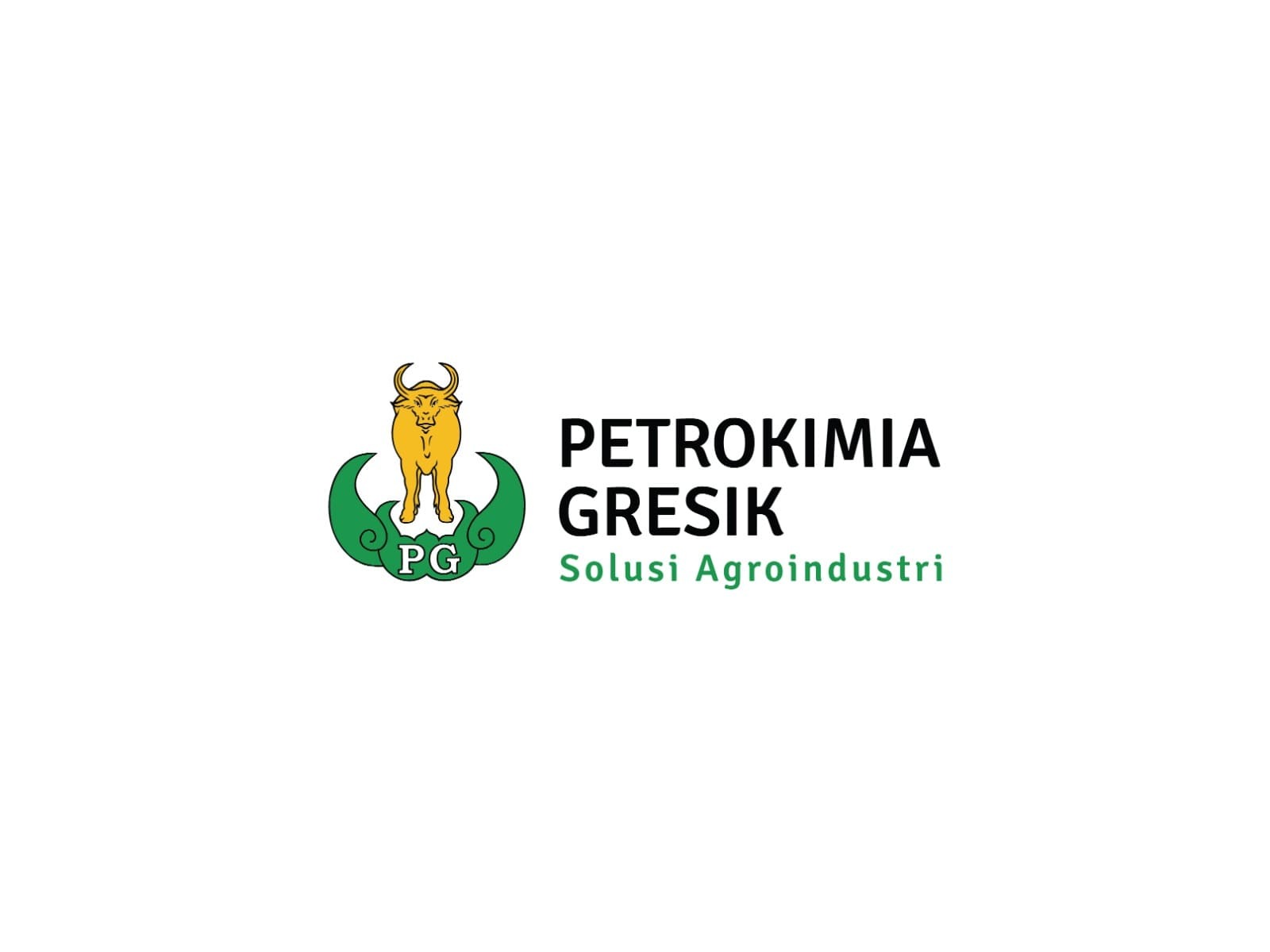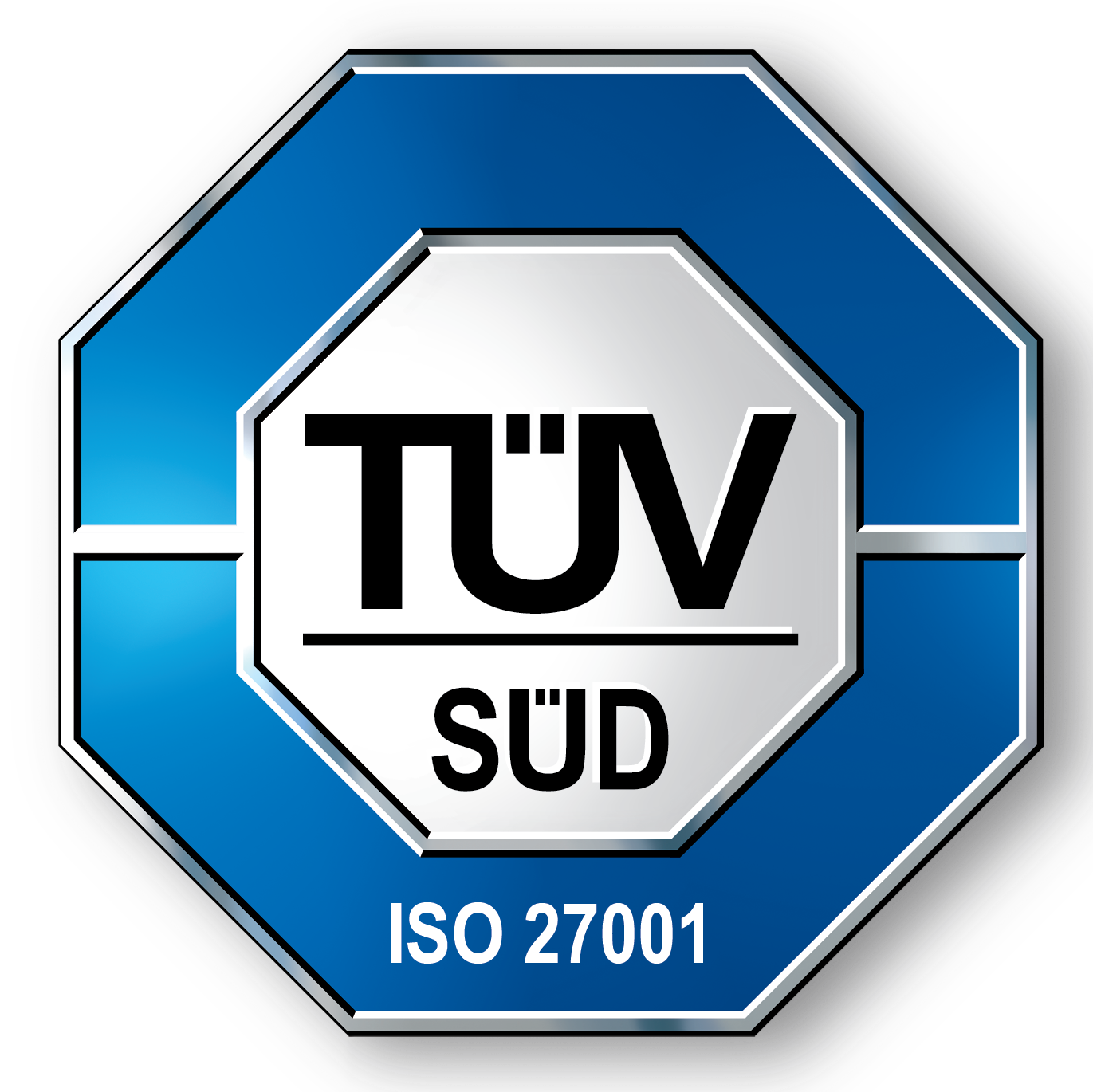Plants require a supply of nutrients to grow, develop, and produce high-quality fruits. There are two types of nutrients: macro and micronutrients. Examples of macronutrients include Nitrogen (N), Sulfur (S), Magnesium (Mg), Phosphorus (P), Calcium (Ca), and Potassium (K). Some examples of micronutrients include Copper (Cu), Boron (B), Iron (Fe), Manganese (Mn), Zinc (Zn), and Molybdenum (Mo).
Various nutrients are naturally present in the soil, but their availability may not be sufficient to meet the plant's needs. If plants experience nutrient deficiencies, vital processes such as photosynthesis, growth, and reproduction are disrupted, making the plants vulnerable to various issues. Their growth and development are hindered, resulting in reduced harvest quantity and quality, leading to significant losses.
Symptoms of nutrient deficiencies can be identified visually through physical changes in plants, such as alterations in leaf shape and color. However, identifying nutrient deficiencies in leaves can be confusing without sufficient knowledge and experience because the symptoms of some nutrient deficiencies are challenging to distinguish. Therefore, this article will discuss the specific characteristics of plants lacking specific nutrients, including:
Symptoms of Nitrogen (N) Deficiency:
- Slow plant growth, causing the plant to be thin and small.
- Leaves grow with a light green to yellowish color, small, and upright. Mature leaves turn light green, then yellow, and wilt.
- Small, quickly ripening fruits that easily fall off on their own.
Symptoms of Sulfur (S) Deficiency:
- Uneven color, slightly shiny leaves changing to yellowish-green. Young leaves change to light green.
- Slow growth, small, slender, and short in shape.
Symptoms of Magnesium (Mg) Deficiency:
- Older leaves become damaged and fail to form chlorophyll, resulting in brown spots. Initially green leaves turn pale and yellow. Leaves dry easily and die.
- Hindered and poor-quality seed growth.
Symptoms of Phosphorus (P) Deficiency:
- All growing leaves change color to a darker shade and appear shiny red.
- Reddish-purple growth at leaf tips, branches, and stems that later turn yellow and wilt.
- Fruits do not grow to their maximum size, have poor quality, ripen quickly, and have a short shelf life.
Symptoms of Calcium (Ca) Deficiency:
- Leaf tips easily turn yellow due to chlorosis, which can spread to the leaf veins.
- Imperfect root systems lead to young buds easily experiencing death. Leaves change color, and some leaf tissues die.
Symptoms of Potassium (K) Deficiency:
- Reddish-brown spots appear, causing leaves to dry and die. Older leaves shrink and dry up.
- Fruits do not grow optimally, are of poor quality, small, and have a limited shelf life.
Symptoms of Copper (Cu) Deficiency:
- Leaves have a bluish-green color with uneven wilting.
- Occasionally, chlorosis occurs even though the tissue remains alive, resulting in stunted plant growth and failure to form flowers.
Symptoms of Boron (B) Deficiency:
- Chlorosis appears at the leaf edges, causing leaves to wilt, dry, and eventually die.
- Young leaves grow small, buds die, and turn black.
- Corn plants lacking boron do not produce kernels.
Symptoms of Iron (Fe) Deficiency:
- Young leaves change to a yellowish color.
- Leaves become weak (shed), eventually leading to plant death.
Symptoms of Manganese (Mn) Deficiency:
- Slow and suboptimal plant growth, resulting in small plants.
- Leaf tissues die, and leaves turn red or yellow in some places.
Symptoms of Zinc (Zn) Deficiency:
- Poor leaf quality, changing color to yellow and reddish (especially in older leaves). Leaves become perforated, dry, and eventually die.
- Stunted plant growth, shortened stem nodes, small, clustered leaves.
Symptoms of Molybdenum (Mo) Deficiency:
- Changes in leaf color, wrinkling, and drying.
- Plant growth stops, leading to plant death.
In cultivation activities, fertilizer is needed to supplement macro and micronutrients. Macro-nutrient sources are usually solid or liquid fertilizers applied to the plant's roots, either as basal or supplementary fertilizers. Micronutrient sources include foliar fertilizers applied through spraying. By using fertilizers that can help supply nutrients such as ZA, Urea, and NPK, plants will grow well, resulting in high-quality fruit production.
Sources:
-(https://mitalom.com/artikel/1572/gejala-visual-kekurangan-defisiensi-unsur-hara-pada-tanaman/)
-https://dtphp.luwuutarakab.go.id/berita/3/unsur-hara-makro-dan-mikro-yang-dibutuhkan-oleh-tanaman.html)
- (https://faperta.umsu.ac.id/2022/03/07/gejala-tanaman-yang-kekurangan-unsur-hara/)
- (file:///C:/Users/zahra/Downloads/9803-Article%20Text-33996-1-10-20230331.pdf)








